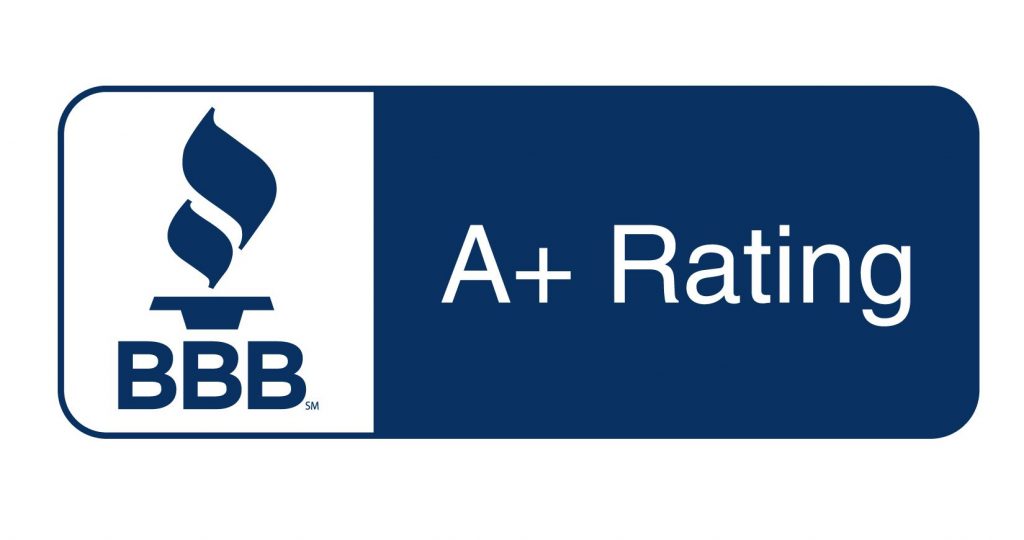Explain How Medicare Part D Works – Medicare Part D includes prescription drug plans. It is often the part of Medicare that beneficiaries find most challenging to understand. The plans have several components, and you’ll typically have quite a few to choose from based on your zip code. Plus, they can change every year!
You can enroll in Part D as a stand-alone option, or if you enroll in a Medicare Advantage plan, you may have it included. Either way, it works the same. First, you need to understand five things to choose a Part D plan and get the most out of your benefits.
Drug Formularies
The most important thing to consider is the plan’s drug formulary. The formulary includes all the prescriptions covered by the plan and categorizes those prescriptions into tiers. Lower tiers have common and generic drugs, while higher levels include specialty and name-brand drugs. Levels may vary somewhat between plans but generally look something like this:
- Tier 1: Preferred Generic
- Tier 2: Generic
- Tier 3: Preferred Brand Name
- Tier 4: Non-Preferred
- Tier 5: Specialty
As you may have guessed, your coinsurance costs will be less for drugs in the lower tiers. In addition, many plans waive the deductible for Tier 1 (and sometimes Tier 2) medications. You want to look for a Part D plan that includes coverage for all of your medications at the lowest possible cost.
CMS requires all plans to include at least one medication from the following categories: anticonvulsants, antidepressants, antineoplastics, antipsychotics, antiretrovirals, and immunosuppressants. Part D plans do not cover over-the-counter or cosmetic medications.
Pharmacy Networks
Another thing to be aware of is the pharmacies your plan works with. Pharmacies can be considered either preferred, standard, or out-of-network. Using a preferred pharmacy will give you the lowest out-of-pocket cost.

Drug plans do allow for coverage at out-of-network pharmacies in some instances. For example, if you are traveling and lose your current refill or your prescription is out of stock at the preferred pharmacy, the plan will allow coverage at other pharmacies at the preferred pricing.
Pharmacy networks can change from one year to the next, so stay updated on these changes.
Coverage Phases
Part D plans have four coverage phases, during which your coinsurance costs will differ. Not everyone will enter each of the four phases.
The first is the deductible phase. During this phase, you have not yet paid your annual deductible. CMS sets a new standard deductible every year. Plans can choose to use that amount or a lower amount. This year, the standard Part D deductible is $480.
The second is the initial coverage phase. This is when you’ve met your deductible and are only responsible for the copayment or coinsurance costs for each prescription refill.
The third is the coverage gap, also known as the Medicare donut hole. You enter the coverage gap after you and your plan have spent $4,430. If you find yourself in this phase, you will pay more for your prescriptions – up to 25% of their cost.
You will reach the other side of the coverage gap and enter catastrophic coverage when you’ve spent $7,050 on prescriptions. This amount includes your deductible, copayments, coinsurance, and any discounts. During this last phase of coverage, you will have very small copayments for your prescriptions.
Premiums
So, how much do you pay for this coverage? Your premium is based on how much coverage you need. Generally speaking, you’ll pay higher premiums if you take more medications, especially if those medications fall into higher drug tiers. The national average is currently $33, but you could pay more or less depending on your needs.
Annual Enrollment Period
The last thing you should know about Part D is that the plans can change yearly, and new ones are often released. For these reasons, you must permanently mark the Annual Enrollment Period (AEP) on your calendar. It runs from October 15 to December 7 every year.
AEP is crucial because it is the only time you can change your Part D plan unless you qualify for a Special Enrollment Period (SEP). It’s not uncommon for your prescriptions to change over the year, so it’s a good idea to reassess how much coverage you need. In addition, plans can change their premiums, drug formularies, and pharmacy networks. As a result, a plan that was working great for you may not work as well in the upcoming year. Plus, insurance companies are constantly competing with one another. New plans are released yearly and may offer you lower premiums or better coverage than your current plan.
The easiest way to choose a Part D plan is with the help of a Medicare advisor. Our licensed agents can compare plans and find the coverage you need. There is no additional cost to use our services, so call today!





